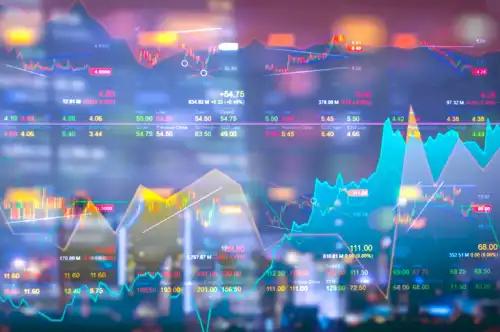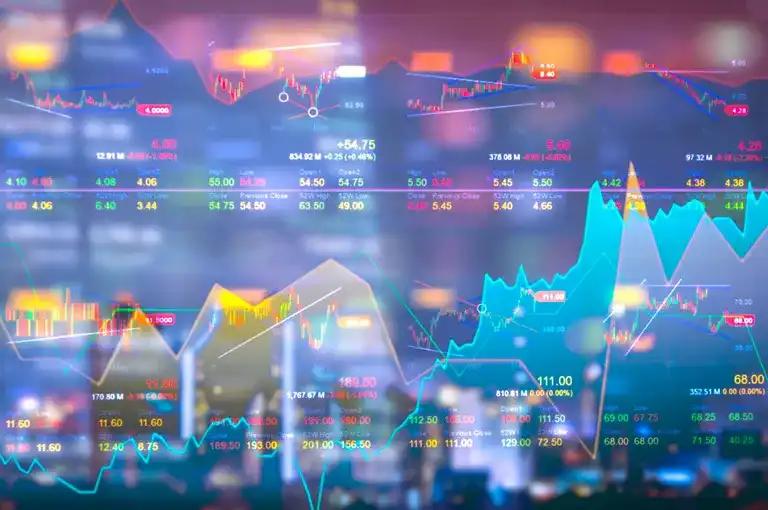Economic Indicators: A Beginner's Guide
Curated from: thoughtco.com
Ideas, facts & insights covering these topics:
9 ideas
·2.43K reads
17
1
Explore the World's Best Ideas
Join today and uncover 100+ curated journeys from 50+ topics. Unlock access to our mobile app with extensive features.
Economic Indicators
An economic indicator is simply any economic statistic, such as the unemployment rate, GDP, or the inflation rate, which indicate how well the economy is doing and how well the economy is going to do in the future.
Investors use all the information at their disposal to make decisions. If a set of economic indicators suggest that the economy is going to do better or worse in the future than they had previously expected, they may decide to change their investing strategy.
46
432 reads
Economic Indicators: Relation to the Business Cycle / Economy
- Procyclical: This indicator is one that moves in the same direction as the economy. The GDP is an example.
- Countercyclical: This indicator is one that moves in the opposite direction as the economy. The unemployment rate gets larger as the economy gets worse so it is a countercyclical economic indicator.
- Acyclical: This indicator is one that has no relation to the health of the economy and is generally of little use. The number of home runs the Montreal Expos hit in a year generally has no relationship to the health of the economy, so we could say it is an acyclic economic indicator.
46
350 reads
Three Timing Types of Economic Indicators
- Leading economic indicators change before the economy changes. Stock market returns are a leading indicator, as the stock market usually begins to decline before the economy declines and they improve before the economy begins to pull out of a recession.
- A lagged economic indicator is one that does not change direction until a few quarters after the economy does. The unemployment rate is a lagged economic indicator.
- A coincident economic indicator is one that simply moves at the same time the economy does. The Gross Domestic Product is a coincident indicator.
45
290 reads
Total Output, Income, and Spending
These tend to be the broadest measures of economic performance and include such statistics as:
- Gross Domestic Product (GDP) [published quarterly]
- Real GDP [quarterly]
- Implicit Price Deflator for GDP [quarterly]
- Business Output [quarterly]
- National Income [quarterly]
- Consumption Expenditure [quarterly]
- Corporate Profits[quarterly]
- Real Gross Private Domestic Investment [quarterly].
44
275 reads
Employment, Unemployment, and Wages
These statistics cover how strong the labor market is and they include the following:
- The Unemployment Rate [monthly]
- Level of Civilian Employment[monthly]
- Average Weekly Hours, Hourly Earnings, and Weekly Earnings[monthly]
- Labor Productivity [quarterly].
41
247 reads
Production and Business Activity
These statistics cover how much businesses are producing and the level of new construction in the economy:
- Industrial Production and Capacity Utilization [monthly]
- New Construction [monthly]
- New Private Housing and Vacancy Rates [monthly]
- Business Sales and Inventories [monthly]
- Manufacturers' Shipments, Inventories, and Orders [monthly].
43
211 reads
Prices
This category includes both the prices consumers pay as well as the prices businesses pay for raw materials and include:
- Producer Prices [monthly]
- Consumer Prices [monthly]
- Prices Received And Paid By Farmers [monthly]
These measures are all measures of changes in the price level and thus measure inflation. Inflation is procyclical and a coincident economic indicator.
43
205 reads
Money, Credit, and Security Markets
These statistics measure the amount of money in the economy as well as interest rates and include:
- Money Stock (M1, M2, and M3) [monthly]
- Bank Credit at All Commercial Banks [monthly]
- Consumer Credit [monthly]
- Interest Rates and Bond Yields [weekly and monthly]
- Stock Prices and Yields [weekly and monthly].
41
215 reads
Federal Finance
These are measures of government spending and government deficits and debts:
- Federal Receipts (Revenue)[yearly]
- Federal Outlays (Expenses) [yearly]
- Federal Debt [yearly].
Governments generally try to stimulate the economy during recessions and to do so they increase spending without raising taxes. This causes both government spending and government debt to rise during a recession, so they are countercyclical economic indicators. They tend to be coincident to the business cycle.
43
211 reads
IDEAS CURATED BY
Shannon Klein's ideas are part of this journey:
Learn more about economics with this collection
How to manage risk
How to analyze investment opportunities
The importance of long-term planning
Related collections
Similar ideas
11 ideas
Recessions: 10 Facts You Must Know
kiplinger.com
3 ideas
GDP vs. GNP: What's the Difference?
investopedia.com
6 ideas
Read & Learn
20x Faster
without
deepstash
with
deepstash
with
deepstash
Personalized microlearning
—
100+ Learning Journeys
—
Access to 200,000+ ideas
—
Access to the mobile app
—
Unlimited idea saving
—
—
Unlimited history
—
—
Unlimited listening to ideas
—
—
Downloading & offline access
—
—
Supercharge your mind with one idea per day
Enter your email and spend 1 minute every day to learn something new.
I agree to receive email updates

